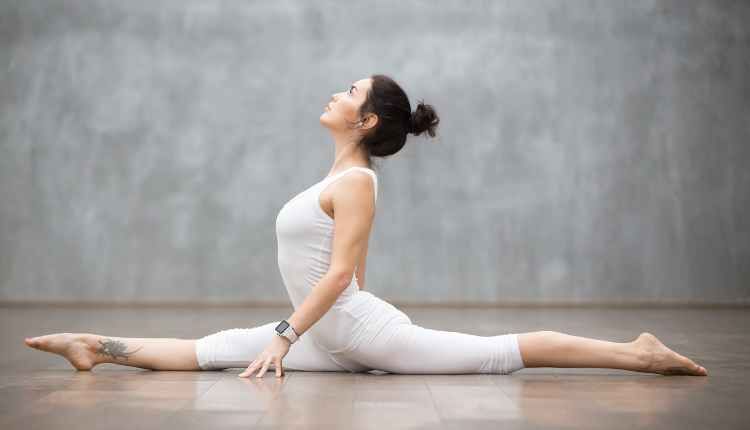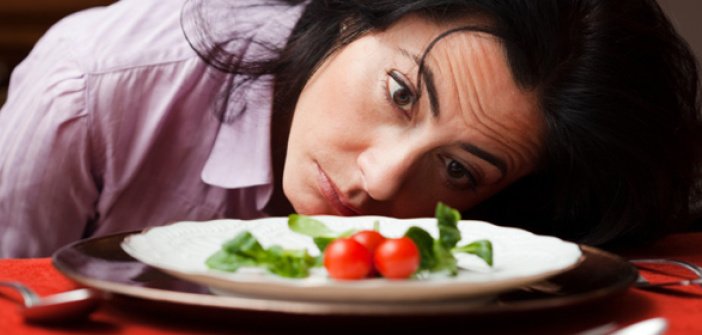What You Should Know About the Rising Body Neutrality Trend
Body positivity is a popular trend that is designed to encourage people to love themselves no matter how they look. It has gained a huge following on social media — but it also generated a number of opponents who say these individuals shouldn’t be glorifying obesity. A new movement is gaining traction, though: body neutrality.
What Is Body Neutrality?
Body neutrality is a new movement that accepts the fact that body positivity isn’t always possible. Sometimes loving your body regardless of your weight, your measurements or your appearance is not as easy as it sounds.
The goal of body neutrality is to make it OK to be in a more neutral place — where you can look at your body realistically instead of being expected to love it no matter what. Body neutrality focuses on what your body does for you instead of how you look.
Your body is an amazing tool. Your feet carry you to new places. Your tongue tastes new foods. Your brain absorbs knowledge from all sorts of sources. Your arms and legs let you do everything from exercise to dance. Body neutrality revolves around loving your body for the fantastic and versatile tool that it is.
Body positivity started out as a good idea and a movement that encouraged people to love themselves regardless of their size. It started with the Dove Campaign for Real Beauty — the photo and video advertisement campaign that used women of all shapes and sizes as their models. It showcased the Photoshop treatment models undergo before an ad campaign is released for public consumption.
It sounds great, but as with most things that become popular, it eventually was corrupted by publicity. It was the first campaign of its type, but it didn’t address the big problem — which is that beauty companies tell women how they should feel about their bodies. Dove had the right idea, but the execution fell flat. It didn’t change how people felt about their bodies, and some even feel that it largely just found another way to make money from people’s insecurities.
Mental Health Benefits
Social media apps like Instagram have also been shown to be detrimental to mental health. The image-sharing app enables anyone with an account to show off their pet, their favorite hobby or themselves, but the app’s editing tools also allow users to change their appearance, promoting an unhealthy body image. This, in turn, leads to lower self-esteem, depression, anxiety and even eating disorders — it’s a culture that comes from promoting the idea of hiding your true appearance by editing your pictures.
Body neutrality can tie into apps like Instagram, though. Instead of focusing on pictures of your waistline or your face, body neutrality aims to get people using Instagram to showcase the amazing things that you can do and the amazing places you can visit with that awesome body of yours.

Feel Instead of Look
The biggest problem with body positivity is that it focuses on how your body looks. The focus is all on waistline and bust size and whether or not you’ve got cellulite hiding beneath your fitted jeans. Why not focus on how your body feels instead? One gym owner coined the hashtag #athleticsnotaesthetics to encourage her followers to focus on what their bodies can do and how they feel, rather than the look of their body.
She also encourages her followers to exercise regardless of their size. A decade ago, only fit people would come to her classes. Focusing on athletics instead of appearance has changed the makeup of her classes. Now people of all sizes, shapes and fitness levels are joining in.
Nutrition, Not Diet
Dieting and calorie restriction seem to be synonymous with body image. After all, you can’t enjoy sweet treats or unhealthy food if you want to be fit, right? That couldn’t be further from the truth, though. Restricting yourself doesn’t make you healthier — it just makes you miserable. Thankfully, body neutrality has a solution for that, too. The solution is nutrition instead of diet.
Diets have an abominably high failure rate. Somewhere between 75 and 80 percent of diets fail for a number of different reasons. Focusing on nutrition instead of diet, including consuming correct portion sizes, meeting macros and enjoying everything in moderation, can help improve overall health without restricting food intake and counting calories.

Focusing on nutrition also helps keep this preoccupation with nutritious foods and a healthy diet from developing into an eating disorder. Restricting calories can develop into anorexia. Even an obsession with healthy food can be considered an eating disorder — it’s been named orthorexia. The key is to find a middle ground between eating too healthy and eating nothing but junk food. This is how body neutrality expands to diet as well.
There is no perfect solution. Body positivity sounds great, but it’s not always possible to love your body all the time. On the other side of the coin, there are eating disorders that can be dangerous or deadly, and even those who recover may suffer lifelong after effects. That’s where body neutrality comes in. It is striving to create a middle ground where both physical and mental can thrive.
Body neutrality isn’t always easy and it may not apply to every situation. However, it provides something in between for people who don’t want to fall into the trap of eating disorders but don’t always feel positive about their body. It’s just starting to gain traction on social media, but hopefully, this new movement will be allowed to do some good without being corrupted by publicity like the body positivity movement was.
We’ll have to wait and see how this movement will develop in the coming years, but it has the potential to change the way we think about our bodies. Bodies can do so much more than just look good on Instagram, and that’s what the body neutrality movement is hoping to teach.
